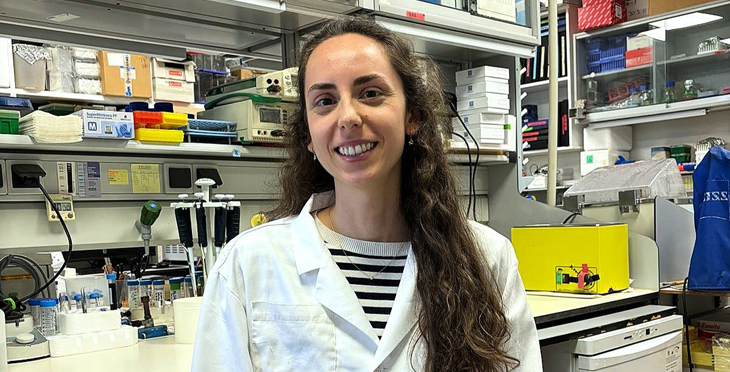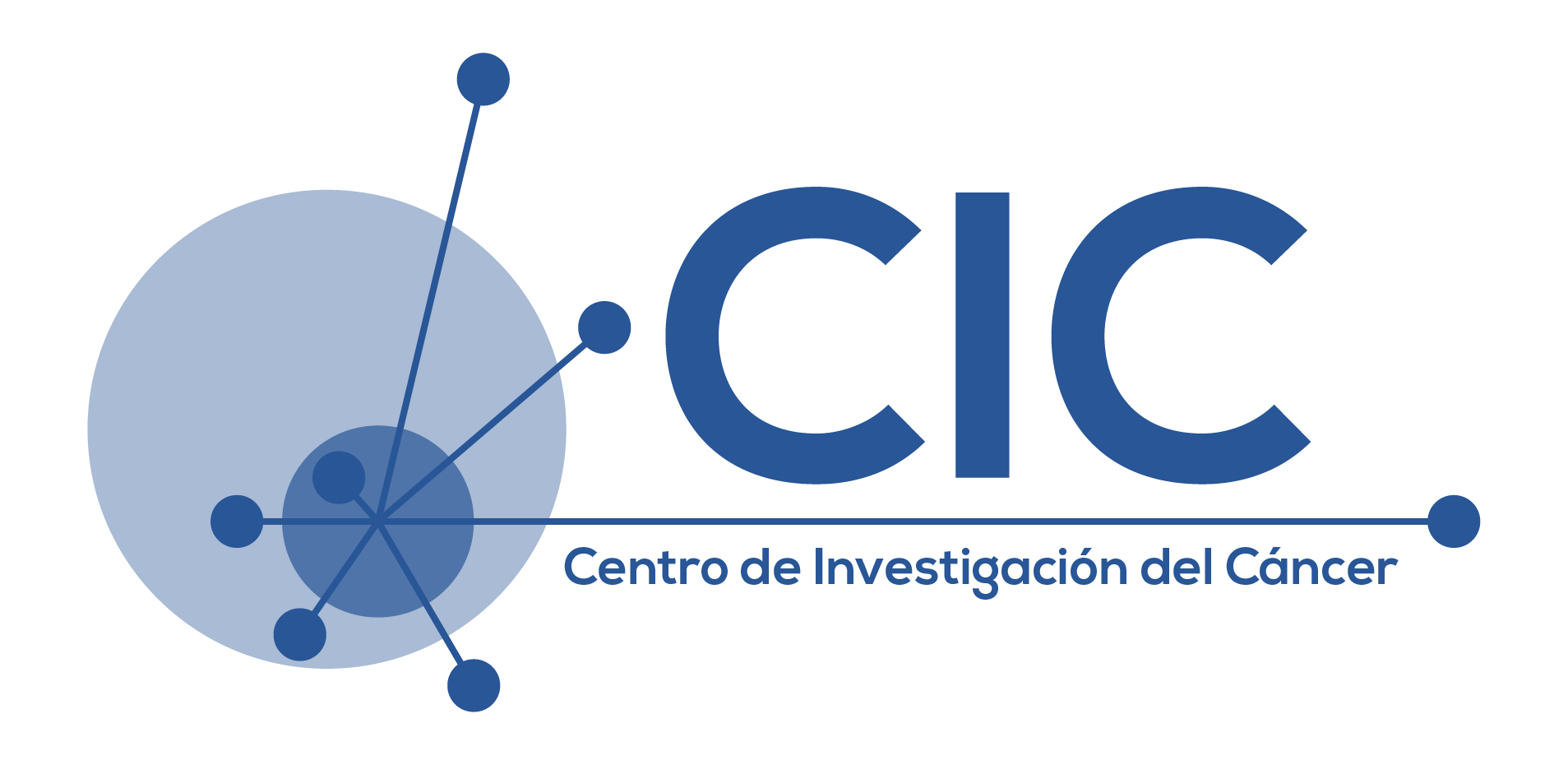Analysis of the molecular mechanisms of genetic predisposition through the study of childhood leukemia

Marta Isidro
Centro de Investigación del Cáncer (CSIC-Universidad de Salamanca), Salamanca
B-cell acute lymphoblastic leukemia is the most common childhood cancer, and despite having a good cure rate of close to 90%, there is still a high percentage of children who suffer relapses. Furthermore, this disease is caused by the close relationship between a series of genetic factors that confer genetic susceptibility, and certain environmental factors.
Germline mutations in the ETV6 gene have recently been described in families that have a predisposition to ALL; however, not all carriers of these mutations end up developing the disease. This indicates the need for a second oncogenic event, but the cause of this event is still unknown. So, basing on previous studies that have shown that the development of ALL is mediated by immunological stress, in this work we proposed using a murine model carrying one of the ETV6 gene mutations found in humans to explore the role of immunological stress in this context.
In addition, we also knew that environmental exposure to infections is the main cause of immune stress. This is why we thought that innate immunity participates in the mechanisms of evolution of preleukemic B-cells in B-ALLs associated with infection. To answer this question, we have used the Pax5+/- and Sca1-ETV6-RUNX1 murine models to elucidate how preleukemic cells switch to a leukemic state during immunological stress and what is the role of innate immunity in this process.

